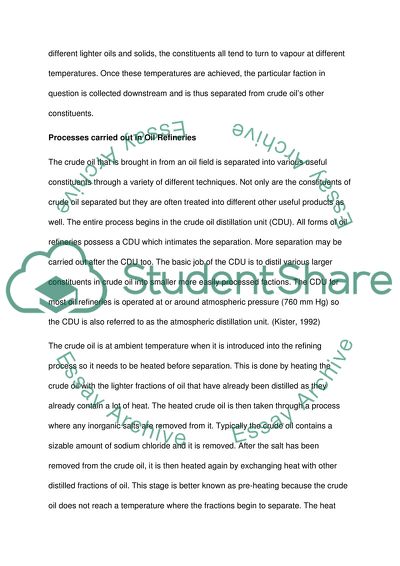Cite this document
(Crude Oil Refining Coursework Example | Topics and Well Written Essays - 1750 words - 1, n.d.)
Crude Oil Refining Coursework Example | Topics and Well Written Essays - 1750 words - 1. https://studentshare.org/chemistry/1755849-processing-petroleum
Crude Oil Refining Coursework Example | Topics and Well Written Essays - 1750 words - 1. https://studentshare.org/chemistry/1755849-processing-petroleum
(Crude Oil Refining Coursework Example | Topics and Well Written Essays - 1750 Words - 1)
Crude Oil Refining Coursework Example | Topics and Well Written Essays - 1750 Words - 1. https://studentshare.org/chemistry/1755849-processing-petroleum.
Crude Oil Refining Coursework Example | Topics and Well Written Essays - 1750 Words - 1. https://studentshare.org/chemistry/1755849-processing-petroleum.
“Crude Oil Refining Coursework Example | Topics and Well Written Essays - 1750 Words - 1”. https://studentshare.org/chemistry/1755849-processing-petroleum.


